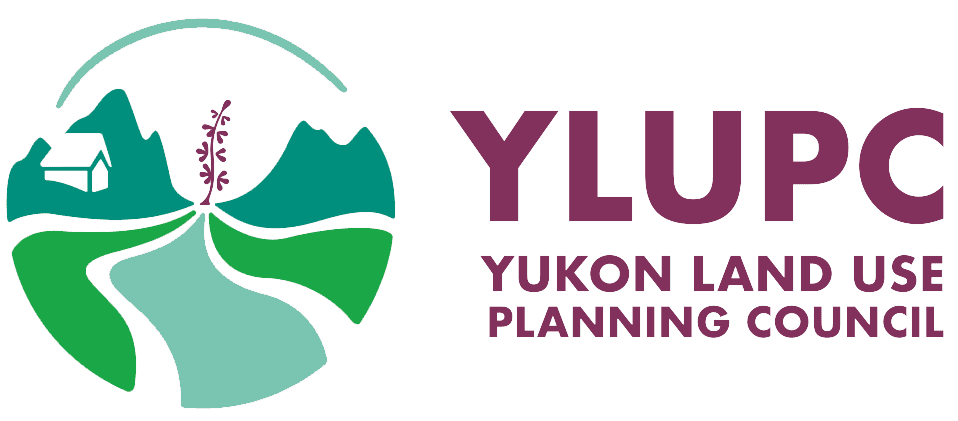Kirstie Simpson – Research Scientist, Yukon Government, Department of Energy Mines and Resources
The Yukon and Vuntut Gwitchin governments approved the North Yukon Regional Land Use Plan (NYRLUP) in 2009. The NYRLUP was designed to protect the significant natural and cultural resources of the planning region while continuing to allow for current and future economic development opportunities. The guiding principle of the plan is sustainable development.
The plan established 23 land management and sub-management units (LMU) and a zoning system based on intensity of use rather than type of use. LMUs are designated as either Protected Area (PA) or Integrated Management Area (IMA). Designated IMAs are further classified into one of four zones which range from a conservation emphasis to a development emphasis based on the values and the sensitivity of the land and natural resources.
In order to measure intensity of use the NYRLUP has established a cautionary and maximum threshold of disturbance within each of the IMA LMUs. Putting into practice a threshold approach to land management has a number of challenges including the establishment of a baseline disturbance level. One particular challenge is the definition of what is a “disturbance” and when is that disturbance “recovered”. Refining this understanding allows us to support cumulative effects management as it relates to exploration activities.
Yukon Government has been carrying out research in this region since 2006 to determine if “disturbance” and “recovery” can be defined by ecological succession and/or wildlife response and if a disturbance in the north Yukon region can be “grown off” the landscape in a defined time period.
